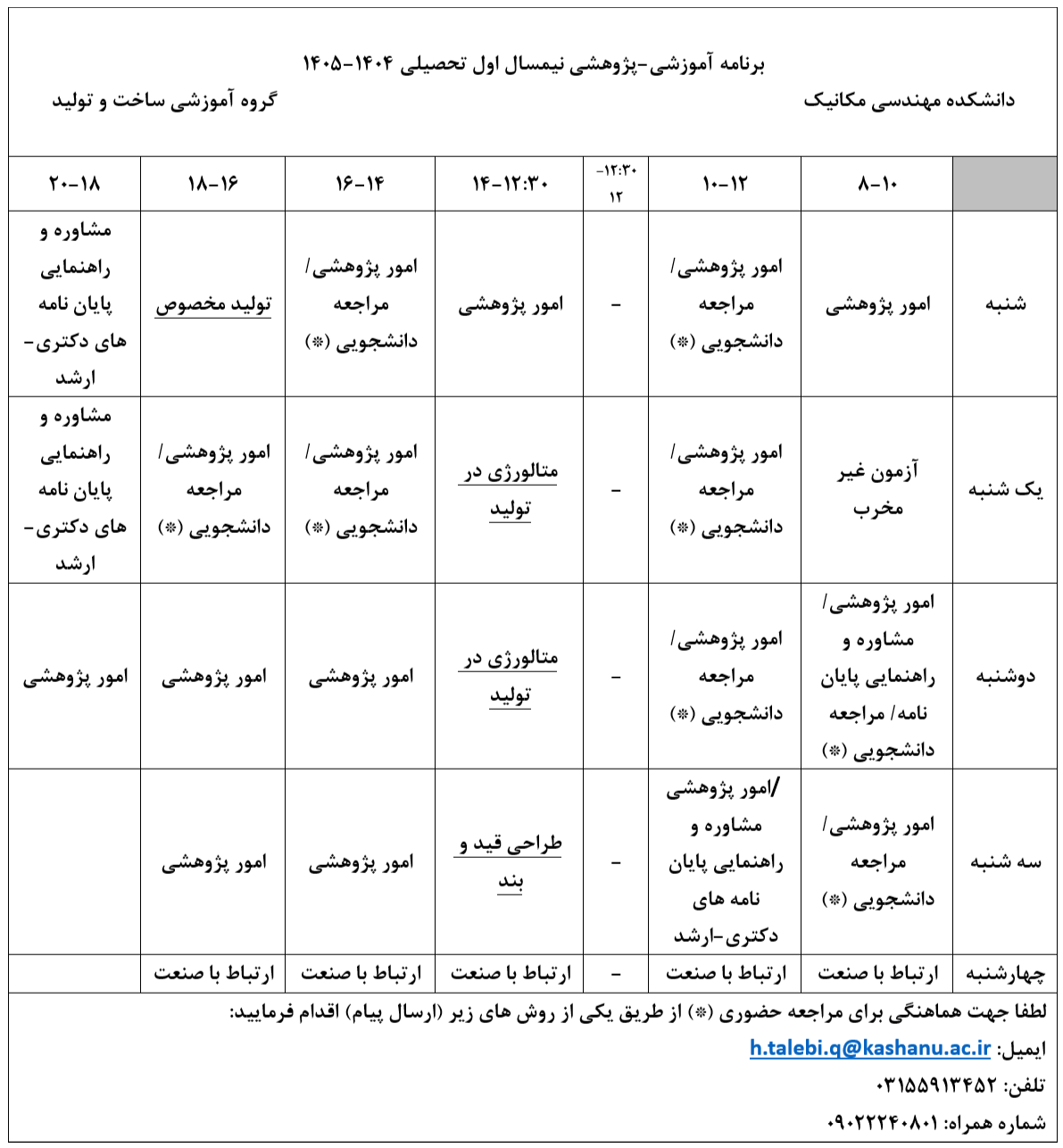| نویسندگان | حسین طالبی قادیکلائی,حسن مسلمی نائینی,امیر حسین ربیعی,علی زین العابدین بیگی,سرگی الکساندروف |
|---|---|
| نشریه | International Journal of Modelling and Simulation |
| ضریب تاثیر (IF) | ثبت نشده |
| نوع مقاله | Full Paper |
| تاریخ انتشار | 2022-09-27 |
| رتبه نشریه | علمی - پژوهشی |
| نوع نشریه | الکترونیکی |
| کشور محل چاپ | ایران |
| نمایه نشریه | SCOPUS ,ISI-Listed |
چکیده مقاله
In this study, experimental investigation and numerical simulation U-bending process are employed to construct a damage model based on ductile damage criteria. Also, an adaptive neural-fuzzy inference system (ANFIS) is extracted for the prediction of damage behavior based on the Cockroft-Latham and modified Mohr-Coulomb criteria calibrated using the proposed method. Appropriate calibration tests including uniaxial tension up to the in-plane shear tension are designed based on the bending deformation mechanics. In addition, the optimal parameters of the ANFIS system are obtained by the gray wolf optimization algorithm. The accuracy of the proposed model is investigated using experimental-numerical results. Results indicate that both the proposed damage model and ANFIS network are successful in predicting the damage behavior in the U-bending process. In addition, the maximum bending angle to achieve a damage index of less than 1 in the ratio of bending radius to sheet thicknesses of 0.5, 1, 2, and 3 is presented using the model presented in this study. According to the results, the minimum applicable ratio of bending radius to thickness is equal to 3 for when the sheet metal bends up to 90 degrees

